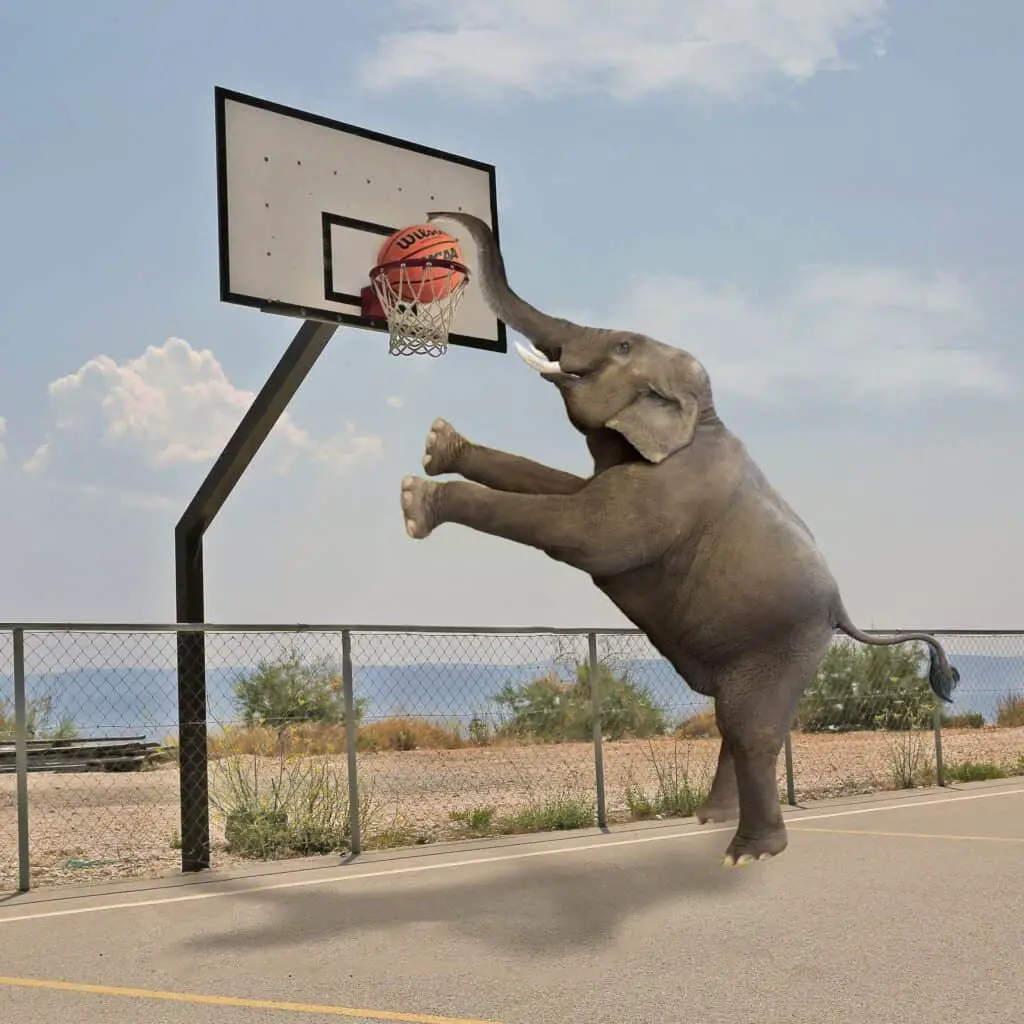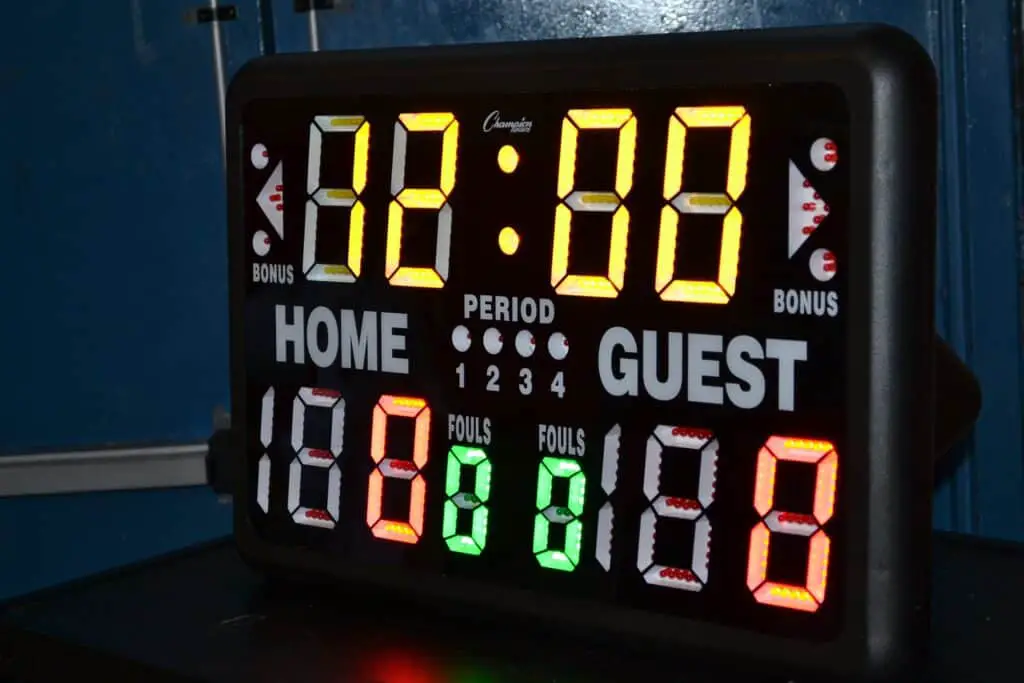Violations in basketball are approached by any player who breaks or disregards a rule of the game characterized in the association rulebook. All violations are called by the officials and can vary inside various degrees of basketball. It is critical to know the Violations
As a player and coach, since taking fouls or submitting infringement can hurt a group’s odds of winning.
In basketball, a typical infringement is the most minor class of unlawful activity. most infringement is submitted by the group with ownership of the ball when a player misses the ball or takes an unlawful action. the run of the mill punishment for an infringement is the loss of the ball to the next group. this is one kind of turnover.

Exploring the term Violation
In contrast to fouls, violations don’t result in free tosses for the rival group. Violations are commonly called for minor infractions, while fouls are saved for more intolerable blunders.
Violations portray penetrates of essential guidelines like spilling, bringing the ball up the court, or passing the ball inbounds. Since violations are generally basic missteps, they are significantly more typical at lower levels of play, more experienced players realize how to perform fundamental aptitudes.
More often than not, violations result in the group that submitted the infringement losing ownership of the ball, which is then inbounded by the contradicting group. Violations are frustrating for the group submitting them since they are mistakes that most great basketball players won’t make regularly. In contrast to fouls, violations are essentially never dedicated deliberately; there is never a preferred position to gifting the adversary ownership of the ball.
Violations are likewise generally self-evident furthermore, inarguable. A few violations can be near-disasters, however, they frequently are not as antagonistic as fouls.
What are the different violations in basketball
There are as many as 20 particular violations in basketball, depending on how you split them. Here are the various types of violations:
- Out-of-bounds: being the last player to contact the ball before it leaves bounds.
- Double dribble: spilling the ball before getting it and spilling once more.
- Carry: scooping the ball to carry it while spilling.
- Five-second violations: inability to inbound the ball five seconds in the wake of accepting it.
- Illegal throw-in: stepping over the line while tossing in the ball, moving before tossing it in, or tossing it out of bounds.
- Kicked ball: kicking the ball, intentionally or accidentally.
- Hitting the ball with a clenched hand.
- Goaltending: meddling with a shot when it is on a descending bend into the bushel.
- Jump ball violation: a violation before the ball is dipped.
- Offensive three-seconds: remaining in the key for three seconds or more while on offense.
- Defensive three-seconds: a defensive player remaining in the path for more than three seconds without guarding anybody.
- Eight-second violation: the offense neglects to cross half court eight seconds after inbounding the ball.
- Over-and-back violation: the offense restoring the ball from the frontcourt to the backcourt without the other group contacting it.
- Swinging of elbows.
- Entering basket from below: a ball that experiences the net before the edge.
- Illegal assist: snatching the edge, net, or backboard to give yourself a bit of leeway.
- Traveling: making multiple strides without spilling the ball.
- legal screen: a screen set out of-bounds.
- Leaving the court.
- Held ball violation: violation clasps the ball without accomplishing anything for five moments.
- Shot clock violations: inability to get a shot off before the shot clock terminates

Time Violations
Time violations mostly spin around the game clock and shot clock, however can restrain different factors as well. Time violations are thought of as mistakes that groups ought not to make and by and large hurt a group at the point when they happen.
The following are the common time violations:
- Shot clock violations: The offense has a specific number of seconds (contingent upon rivalry) to get a shot off, beginning from the moment the ball is inbounded.
- Held ball violation (5-second rule): An inbounds pass must happen before the finish of five seconds. Time begins after the passer is given the ball and the arbitrator sounds a whistle.
- Backcourt violation (8-second rule): Otherwise called the 10- the second principle in non-NBA rivalries, this standard makes the offense advance the ball past half court in a certain measure of time. This advances the game and gathers it into the frontcourt for most of a regular belonging.
- Paint violations (offensive 3-second principle, cautious 3-second rule): This standard forestalls players from “outdoors” and keeping a favorable situation in the paint.

Dribbling Violations
Dribbling violations happen when a player doesn’t follow the guidelines intended for dribble: indeed, even the littlest violations can be distinguished and prompts a turnover.
The overall dependable guideline for dribbling is that a player must spill at any rate once between every three steps.
The player dribbling the ball isn’t permitted to contact a limit line at any point, except if they quit dribbling after they do as such and are not the following player to contact it. The ball controller can’t convey the ball by putting their hand under the ball also, pushing it over-top to dribble, this is known as “palming” or “caring”.
The ball handler is additionally not permitted to spill the ball, get it, and afterward dribble it once more. This is known as a “twofold dribble”. When a player picks up their spill, they should by the same token shoot the ball, pass it to a colleague, or on the other hand attempt to avoid it off of a safeguard (the last is significantly less normal).
Following including Dribbling violations are:
- Traveling
- Walking
- Palming (also known as”Carrying”)
- Double Dribble
Goaltending, Interference, and other violations
A few violations don’t need to do with the clock or dribbling, yet include obstruction with a shot or hitting the ball legally.
At the point when a player endeavors a field objective, the ball may just be hindered while it’s on its way up. When the ball begins descending toward the loop, it may not be moved by either group (except if the shot will be off-target). This is called hostile or guarded goaltending. On the off chance that a protective player submits a goaltending violation, the shooter is granted two
focuses as though they had made the shot effectively.
If a player on offense contacts the ball on its way down (typically trying to tip it in), ownership of the ball is granted to the rival group. Goaltending moreover applies if a shot hits the backboard before being contacted. Another term utilized for goaltending is container impedance.
Kicking the ball isn’t permitted in basketball. This occasionally occurs at the point when protectors are attempting to move furthermore, a pass is redirected off one of their feet or legs, even though it very well may be submitted by a hostile player, as well. These violations grant the restricting group ownership of the ball.
Following are more violations of in a basketball that can occur:
- Goaltending or basket
- interference
- Kicking the ball
- Striking the ball with a fist
FAQs
What is the 5-second violation in basketball?
A five-second firmly protected infringement might be called against a hostile player with the ball when that player is monitored intently for five seconds or more and doesn’t pass, shoot, or spill inside that time.
What is the 3-second violation in basketball?
The three seconds rule (additionally alluded to as the three-second standard or three in the key, regularly named a path infringement) requires that in basketball, a player will not stay in their groups’ foul path for more than three successive seconds while that player’s group is in charge of a live ball in the frontcourt and the game clock is running. The commencement begins when one foot enters the limited territory and resets when the two feet leave the region.